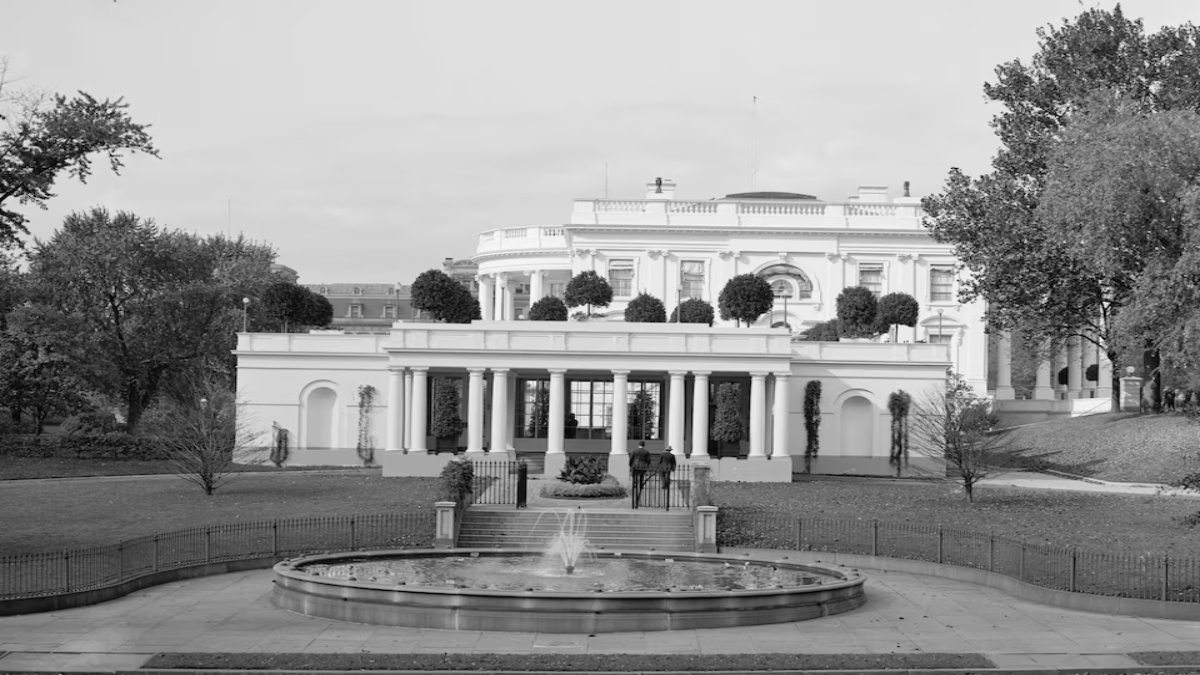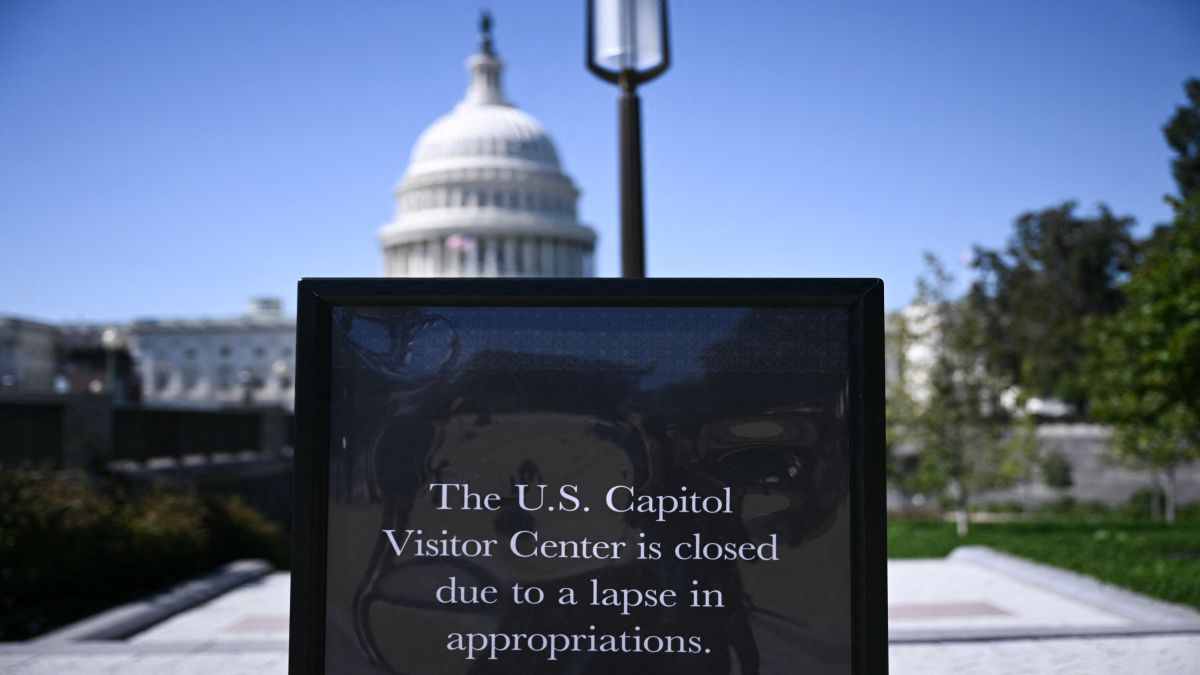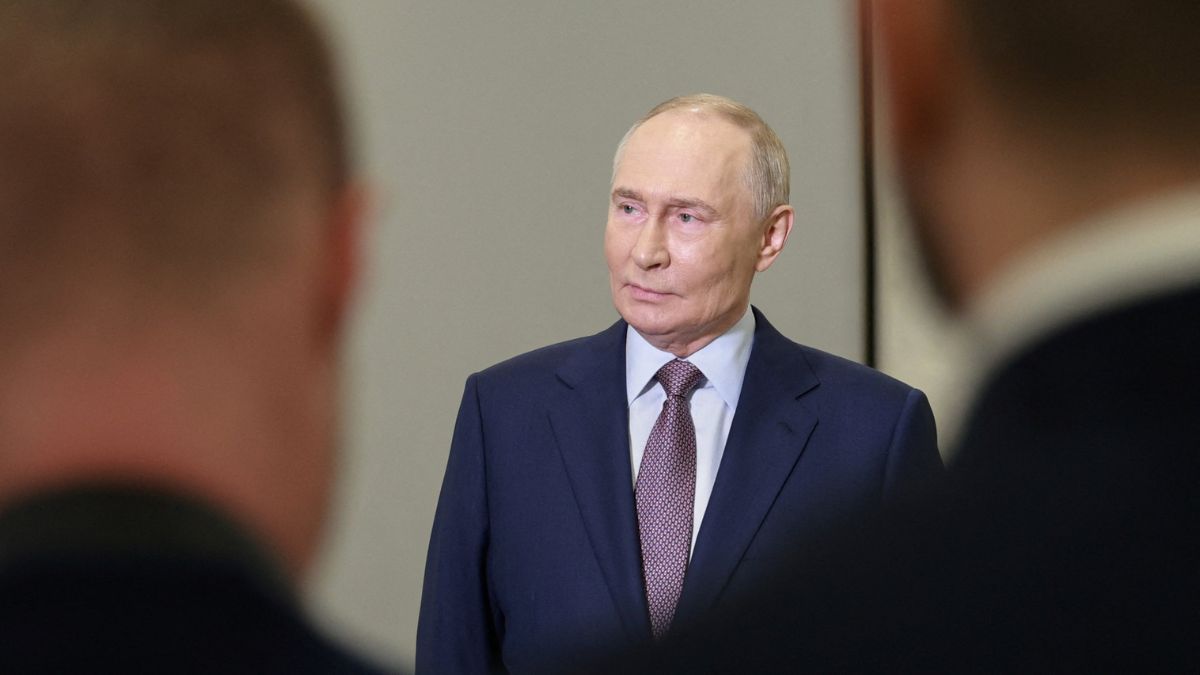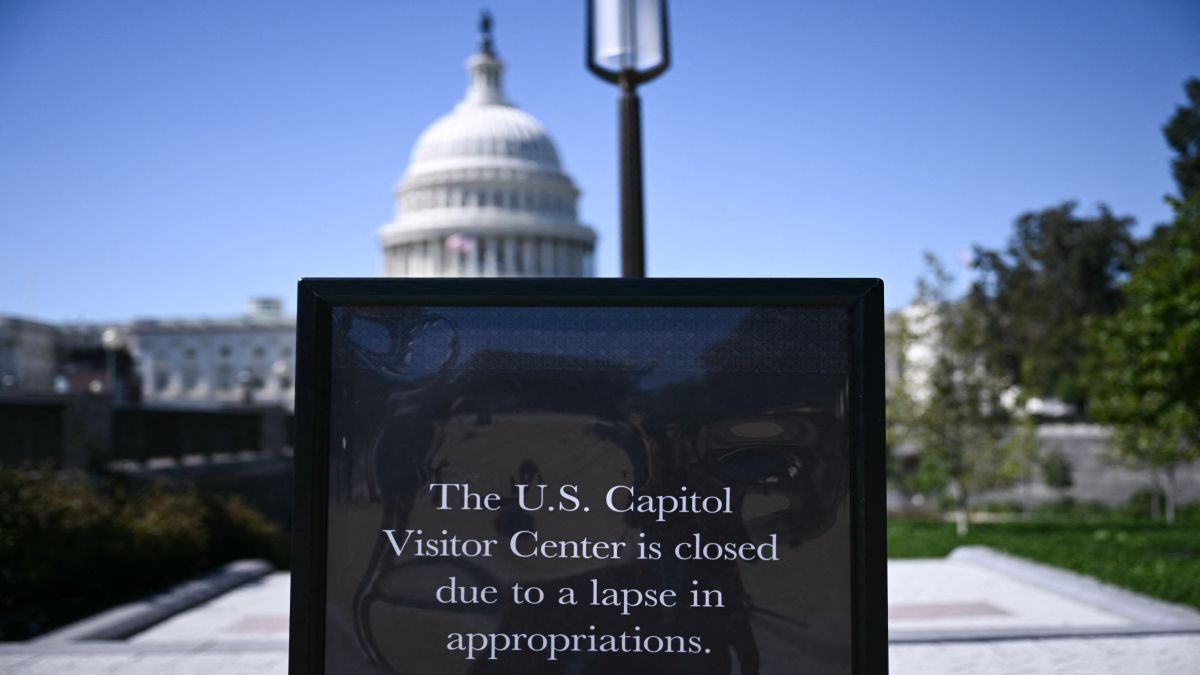This month, the White House announced that it is demolishing its East Wing in a bid to build US President Donald Trump’s new ballroom. For over a century, the structure has been a formal entryway, the site of social functions and a base for the first lady since Eleanor Roosevelt’s time.
The demolition of the two-story structure immediately sparked outrage among historians and architects. Photos of a bulldozer tearing through the wing’s facade went viral on social media this week, garnering anger even from former First Lady and US Secretary of State Hillary Clinton.
The National Trust for Historic Preservation, a Washington, DC-based nonprofit, said it was “deeply concerned” about the planned construction in an open letter, dated October 1, to the National Capital Planning Commission, the National Park Service and the Commission of Fine Arts.
“We respectfully urge the administration and the National Park Service to pause demolition until plans for the proposed ballroom go through the legally required public review processes, including consultation and review by the National Capital Planning Commission and the Commission of Fine Arts, both of which have authority to review new construction at the White House, and to invite comments from the American people,” the organisation wrote.
As Trump’s ballroom takes its place. Here’s all you need to know about the historic site.
From East Terrace to East Wing
The structure in its modern form was first built under former US President Theodore Roosevelt back in 1902. At that time, it was called the East Terrace. It was then rebuilt during Franklin D. Roosevelt’s presidency to conceal a new underground emergency bunker. During this time, the structure housed additional White House staff and offices and provided an entrance for guests during events.
Even the bunker, called the Presidential Emergency Operations Centre, holds history. While it was built during World War II, it was first used during the September 2001 terror attack when Vice President Dick Cheney was hustled to the bunker. Interestingly, even President Donald Trump was rushed to the bombproof shelter during the 2020 protests.
Impact Shorts
More ShortsLorenzo Winslow, the White House architect in the 1930s, designed and oversaw the construction of the East Wing and the bunker, as well as other features of the modern-day White House. However, it is unclear whether the Trump administration’s construction of the ballroom would affect the bunker.
Above the bunker is the president’s theatre and a covered walkway called the East Colonnade that connects to the main residence of the American president. The East Wing is also graced by the famous Jacqueline Kennedy Garden, which sits just south of the colonnade. The garden, which is sometimes referred to as East Garden or the First Lady’s Garden, has served as a location for outdoor receptions.
The controversial past
According to the White House Historical Association, the East Wing’s wartime reconstruction was met with fierce backlash. Republicans of that time called the expenditure wasteful. In death, the East Wing has come full circle, as it received criticism at the time of its birth during the early 1800s.
Former US President Thomas Jefferson first ordered the installation of the colonnades on both the eastern and western sides of the White House. The colonnades “facilitated staff movement and added a refined architectural element to the White House,” the association noted.
At that time, newspaper editorials slammed the additions, while the opposing Federalist Party suggested that the colonnades reflected “aristocratic tendencies” from Jefferson, the WHHA described. But the structure remained until 1866 and was then modified in 1902.
The East Wing garnered controversy during the FDR era when he added more offices as part of the White House’s growing staff in 1942. The Republicans at that time accused FDR of using the White House makeover to improve his image. “The secretive nature of the construction, tied to military purposes, further fueled suspicions,” the WHHA explained. “However, the East Wing’s utility in supporting the modern presidency eventually quieted critics.”
The First Lady’s office
In the 1930s, former First Lady Eleanor Roosevelt began employing more staff members as she became a more public figure. During her time in the office, she used the East Wing for official functions and news conferences.
As media attention on the first lady started to explode, Jacqueline Kennedy, First Lady to former President John F. Kennedy, expanded her East Wing operations to include a press secretary and other staff. An office formally dedicated to the American First Lady was established under Betty Ford and was opened under Rosalynn Carter in 1977.
“Betty Ford had the best quote for how special the East Wing is: ‘If the West Wing is the mind of the nation, then the East Wing is the heart,” Anita McBride, who was chief of staff to Laura Bush when she was first lady, told East Wing Magazine. “The walls may be gone, but those East Wing stories must be preserved and shared for future generations.” As the Trump administration eulogises the structure, the East Wing served as the command operation and gave identities to the First Ladies of the United States.


)

)
)
)
)
)
)
)
)



